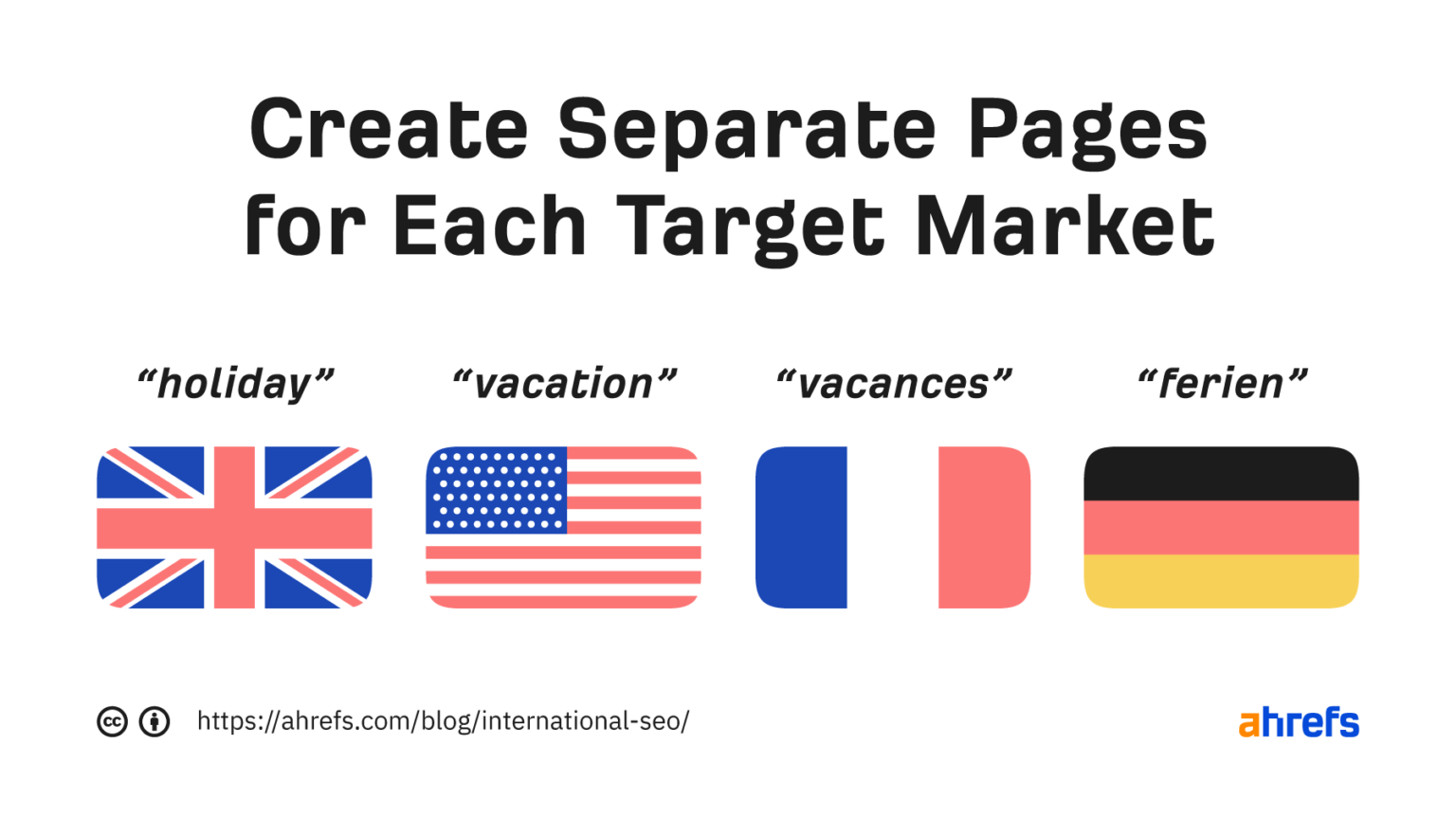Crafting an International Impact: International SEO Methods for Sustainable Growth
Browsing the Digital Landscape: Leveraging International SEO for Cross-Border Success
In today's interconnected digital globe, organizations are progressively looking beyond borders to touch right into worldwide markets. The complexity of browsing the electronic landscape on a worldwide scale requires a nuanced technique, from comprehending the fundamentals of International SEO to applying geotargeting and multilingual keyword strategies.
Recognizing International Search Engine Optimization Basics
Navigating the intricacies of global SEO calls for a strong grasp of basic principles to effectively increase on the internet visibility throughout borders. One crucial aspect of global SEO is recognizing the significance of localization. This involves customizing site web content to fit the etymological, cultural, and commercial differences of target audience. Key phrases should be not just translated yet also adjusted to reflect exactly how individuals in different regions search for info.
Additionally, having a clear understanding of geo-targeting is vital. This entails indicating to browse engines the details countries or regions a web site is targeting. Implementing hreflang tags is one method to interact this details, guaranteeing that the proper version of a website shows up in the search results for an individual in a particular place.
In addition, understanding the impact of regional internet search engine and social media systems is essential for international SEO success. While Google is leading in numerous areas, nations like China have their very own search engines like Baidu, needing customized approaches for each system to optimize online visibility (International SEO).

Targeting Multilingual Key Phrase Strategies
Establishing multilingual key words approaches is vital for effectively reaching varied global audiences and optimizing online visibility throughout various linguistic regions. When targeting multilingual keyword approaches, it is crucial to perform thorough study to recognize the specific search terms and phrases utilized by the target market in each etymological area. This involves not only converting keyword phrases however additionally considering social subtleties, local languages, and search patterns one-of-a-kind to each target market.
To create a successful multilingual keyword strategy, it is very important to prioritize importance and search intent. Keyword phrases must line up with the material on the site and reverberate with the social context of the target audience. Utilizing tools such as Google Key Phrase Organizer, SEMrush, or Ahrefs can assist determine high-performing keywords in various languages and analyze their search volume and competition level.
Additionally, tracking and examining the performance of multilingual key words on a regular basis is necessary for enhancing and refining the strategy with time. By continuously adjusting to adjustments in search behavior and fads, services can enhance their on-line presence and bring in more global website traffic to their sites.
Implementing Geotargeting and Hreflang Tags
When aiming to enhance global SEO strategies, integrating geotargeting and hreflang tags is important for optimizing web site visibility throughout different areas. Geotargeting includes customizing material to specific places, ensuring that customers in different locations receive pertinent information. By applying geotargeting, companies can boost their local search positions and attract region-specific web traffic.

Optimizing Web Site Structure for Global Presence
To additionally improve international search engine optimization methods beyond geotargeting and hreflang tags, optimizing the internet site structure is necessary for accomplishing international visibility and taking full advantage of reach across various areas. A well-structured website not just improves customer experience however also facilitates search engine spiders in understanding the web content and context of the site. When going for worldwide visibility, it is critical to make sure that the site is arranged in a logical fashion that accommodates customers from different nations. Carrying out a clear pecking order with distinct classifications and subcategories can aid in boosting the site's navigating and user-friendliness.
Additionally, developing language-specific subdirectories or subdomains can help online search engine provide the ideal variation of the internet site to users based on their language choices, better enhancing the general user experience. In addition, enhancing URL structures to consist of pertinent keyword phrases and geotargeted terms can boost the website's presence in various areas. By structuring the internet site effectively for global audiences, businesses can increase their chances of bring in global website traffic and increasing their reach throughout boundaries.

Monitoring and Assessing Cross-Border Performance
Reliable tracking and studying of cross-border performance is crucial for examining the success of international search engine optimization strategies and determining possibilities for enhancement in international reach and visibility. By very closely tracking key efficiency indicators (KPIs) throughout different markets, organizations can get important insights right into the effectiveness of their cross-border SEO initiatives. Keeping an eye on metrics such as natural traffic, keyword positions, conversion prices, and bounce prices can offer a detailed sight of how well an internet site is doing in numerous areas.
By contrasting efficiency across various countries, regions, or best site languages, companies can determine successful techniques and localize content to much better provide to details next page target audiences (International SEO). Regular evaluation of SEO efficiency on a global scale ensures that firms can adjust their methods promptly to utilize on emerging opportunities and keep an affordable side in worldwide markets.
Conclusion
To conclude, worldwide SEO plays a crucial role in achieving cross-border success by optimizing sites for global presence, targeting multilingual search phrase approaches, carrying out geotargeting and hreflang tags, and checking cross-border performance. By recognizing the basics of international search engine optimization and maximizing site frameworks appropriately, businesses can properly get to and engage with their target market throughout various areas and languages. This tactical strategy is vital for increasing market reach and driving on the internet growth in today's electronic landscape.